Samsung has been at the top of the pyramid for a long time now when it comes to consumer SSD especially with the popularity of its Samsung EVO 850 SSD. Today, we’re going to take a look at its successor, the Samsung EVO 860.
The Samsung EVO lineup comes in different form factor and capacities but what we have here today is the M.2 250GB variant. I got this because I’m planning on using this on my Laptop and I want to utilize all available SATA ports on my machine.
MY EARLY BREAKDOWN
Pros: Small form factor, Relatively affordable, Decent performance
SPECIFICATIONS
Interface: SATA 6 Gb/s Interface, compatible with SATA 3 Gb/s & SATA 1.5 Gb/s interface
REVIEW
Before we start with the quick review, I just want to point it out there that this is not going to be an in-depth review but more like an unboxing experience, a quick overview with some benchmarks, and to help you guys determine if this is the one for you. With that out of the way, let’s proceed.
Packaging
The packaging is pretty straightforward, featuring Samsung’s V-NAND Technology and their marketing slogan “The SSD that makes the difference”.
Form Factor
With the advancement of technology, we can now enjoy the same speed and performance in such as small package in the form of the M.2 form factor. Notebooks, HTPC, and other compact devices can definitely benefit from this.
Installation and Compatability
Installation is also super simple, just plug it in on your device’s M.2 slot guided by the notches and you’re good to go. But before you rush and buy one of this, make sure your device is compatible and has an M.2 slot. You can check that on your machine’s manual or from the manufacturer’s website.
Features
V-NAND Technology
Samsung 3D V-NAND technology delivers reliable performance at lower costs for today’s demanding, data-centric world. This innovative architecture improves memory in the following
Enhanced Performance with TurboWrite Technology
TurboWrite Technology creates a high-performance write buffer area within the drive that simulates high-performance SLC. During write operations, data from the host system is first transferred/written to the high-performance buffer at accelerated speeds and then during the idle periods, the data is moved from the buffer to primary storage region. With this technology, the user experience is improved as they only “feel” the accelerated performance of the initial writes.
Boosted Endurance
One of the main difference of the 860 EVO from its predecessor 850 EVO is the boosted endurance.
Smart Compatibility
The refined ECC* algorithm and a new MJX controller generate higher speeds, and the improved queued trim enhances Linux compatibility.
Samsung RAPID Mode
RAPID mode is paired exclusively with Samsung SSDs and available as a feature of the accompanying Samsung SSD Magician Software Toolset.
Performance and Benchmarks
For regular consumers like myself, getting one of this cheap TLC NAND Flash is the more practical way of improving performance when it comes to day to day task than getting some high-end SLC or a faster but much more expensive NVME drive. Unless you’re working on large files for an extended period of time or dealing with a heavy workload, a budget SSD like this is more than enough to feel the improved performance on your system.
Your mileage may vary of course depending on the host machine that you’re going to use.
Crystaldiskmark is a very popular benchmarking tool for sequential read and writes. Our results are right around the rated speed with a 556.2MB/s Read and 522.4MB/s Write.
Another popular benchmark tool is the ATTO Disk benchmark, with this we’ve got 501.96MB/s write and 533.33MB/s read.
I also ran the performance benchmark inside the Samsung Magician software which got us a 548MB/s Read and 517MB/s Write.
You can also enable the RAPID mode here which will boost the performance even further by utilizing extra DRAM for caching.
Aside from that, you can also do performance optimization, setup overprovisioning and do a secure erase right inside the Samsung Magician software.
VERDICT
Will I Recommend This? Yes!
As I’ve mentioned, the Samsung EVO 860 SSD is more than enough for day to day usage and if you don’t require an ultra-fast speed that a more expensive NVME drive has, then this is the most practical option to boost the performance of your machine. But if you have the budget and your machine is capable of supporting NVME drive, then by all means, go for it and maximize the potential of your device.
Samsung 860 EVO M.2 SATA SSD Unboxing and Quick Benchmarks
WHERE TO BUY
LAZADA:
Samsung 860 EVO M.2 SATA SSD 250GB
Samsung 860 EVO 2.5″ SATA SSD 250GB
- I searched for the highest amount of ratings and good feedback from buyers
- Price may vary depending on existing promos
- The views and opinions on this article are solely based on my own personal experience, your results may vary

The Broll who always got your back online!

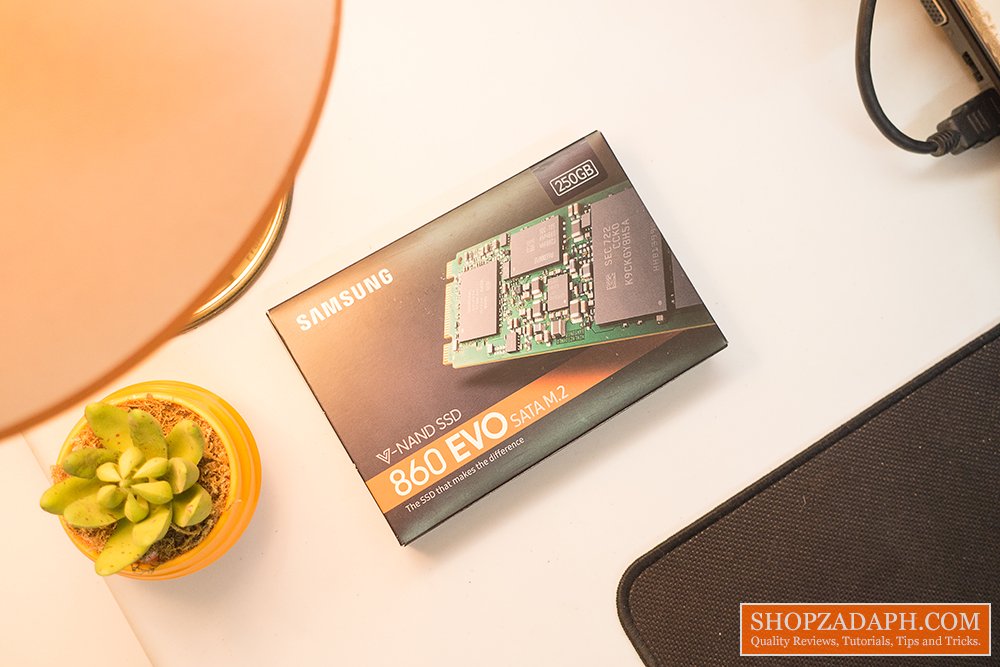
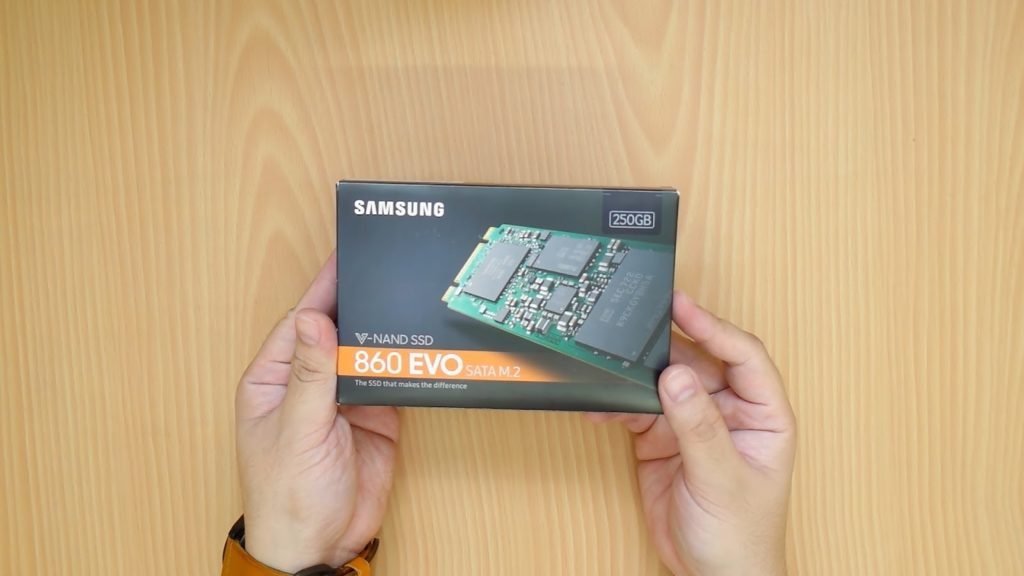
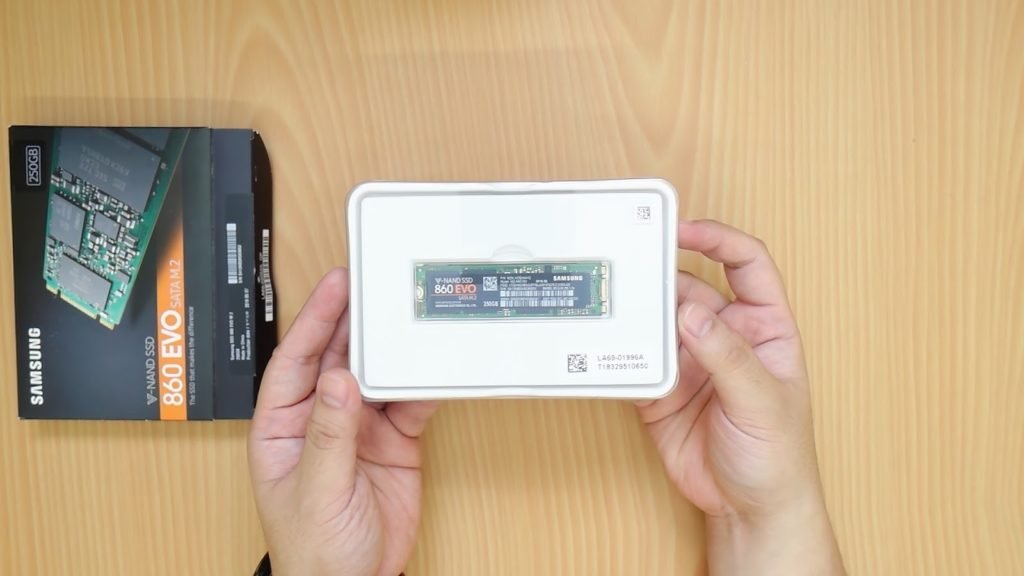
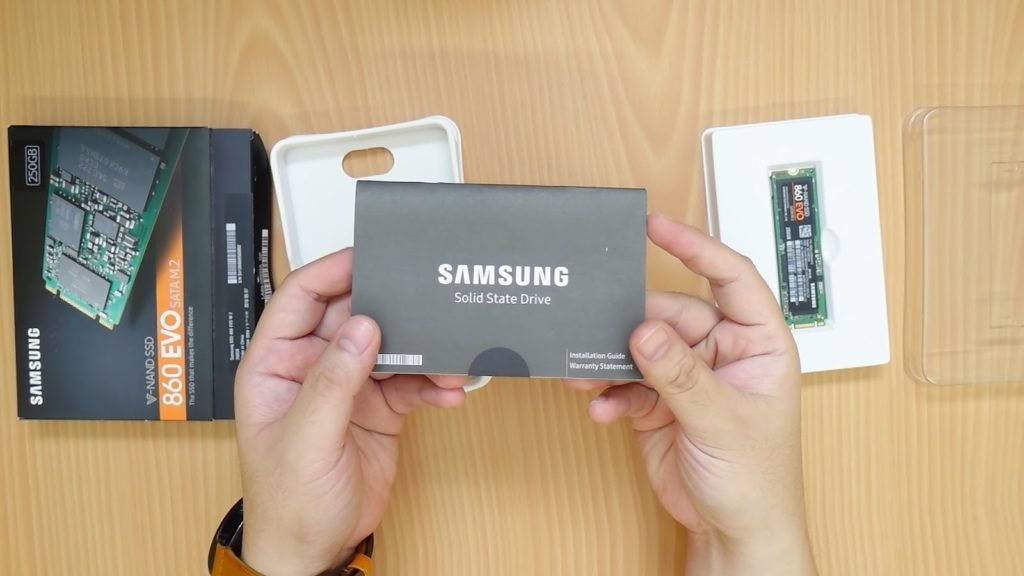
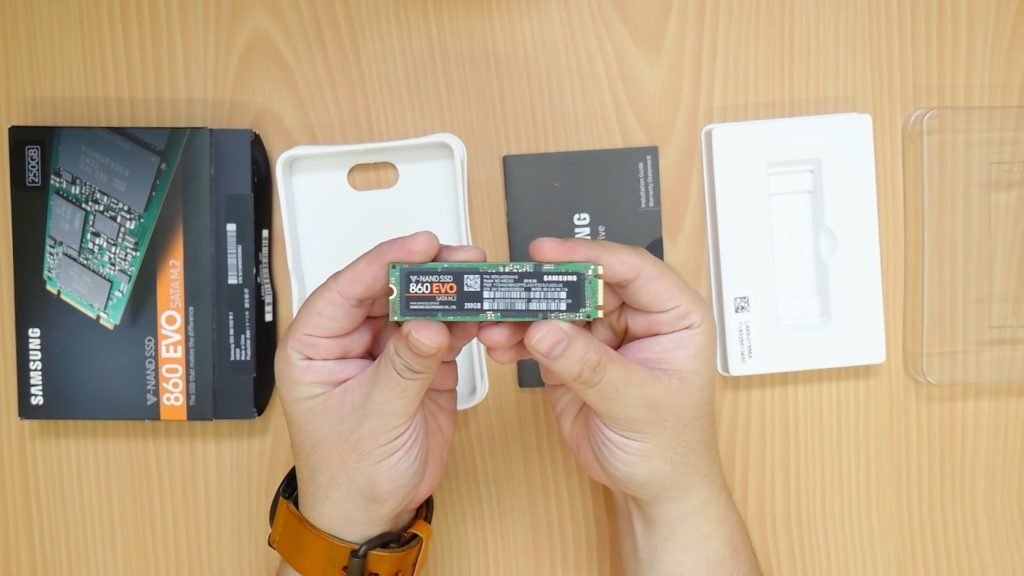
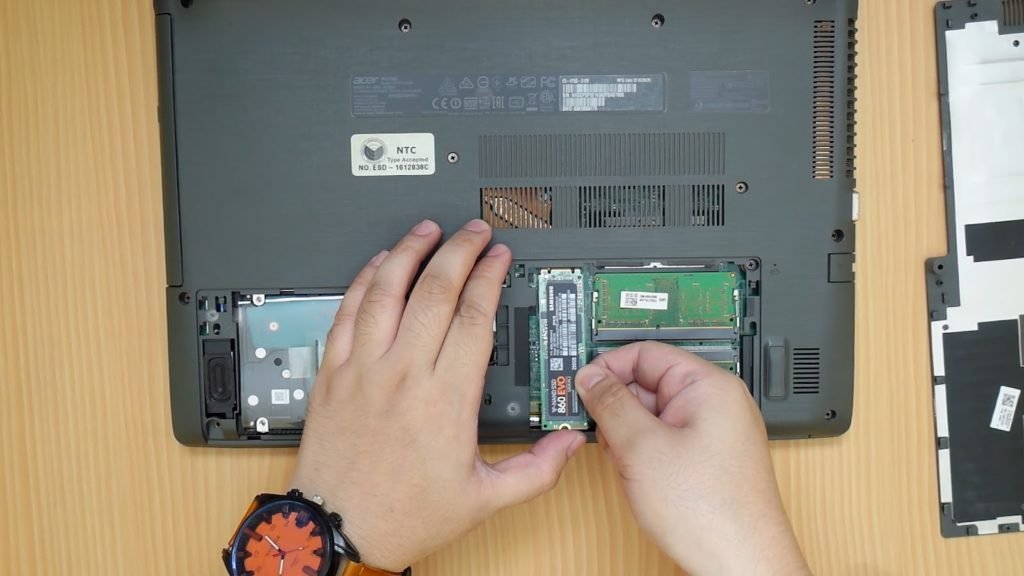
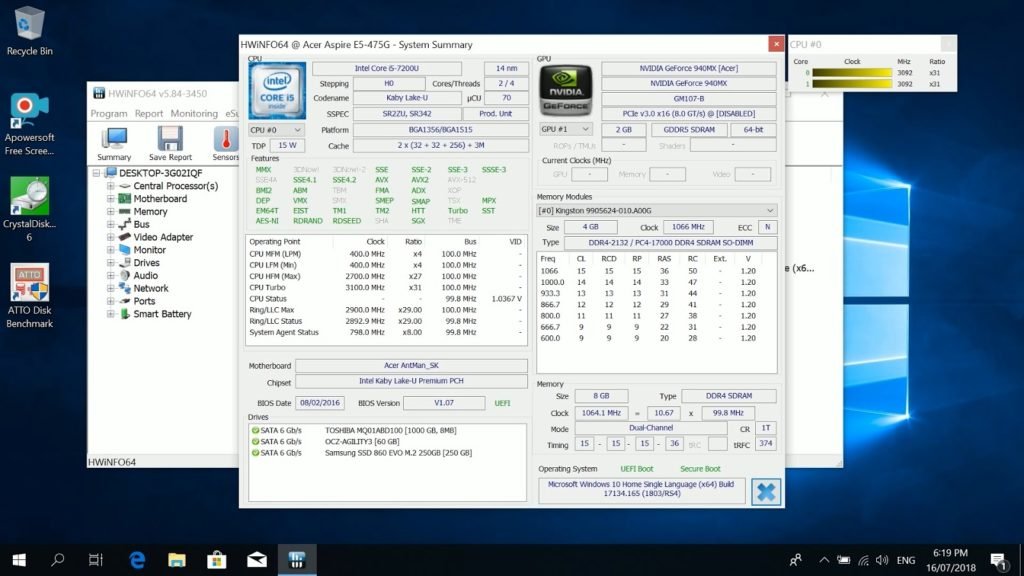
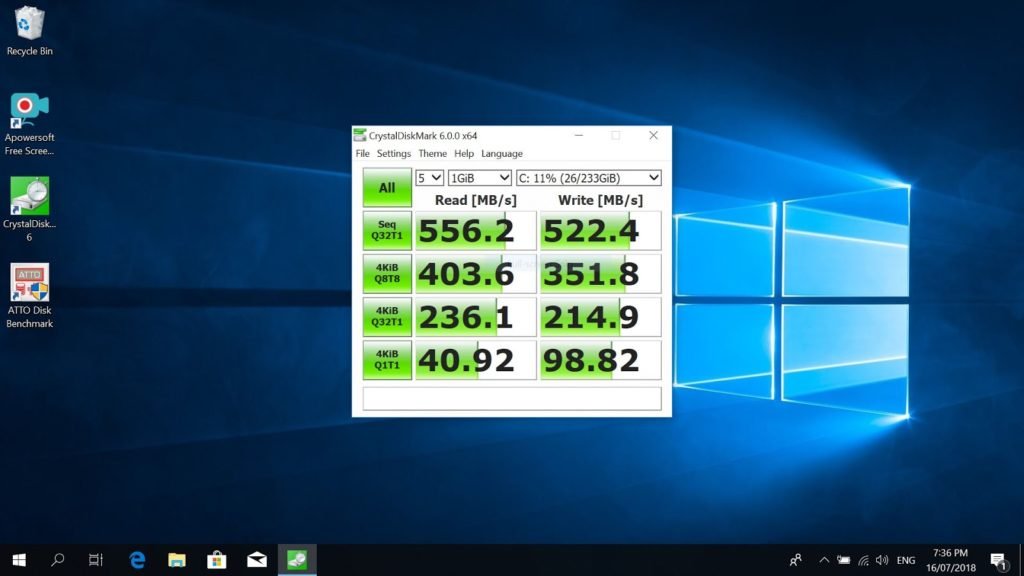
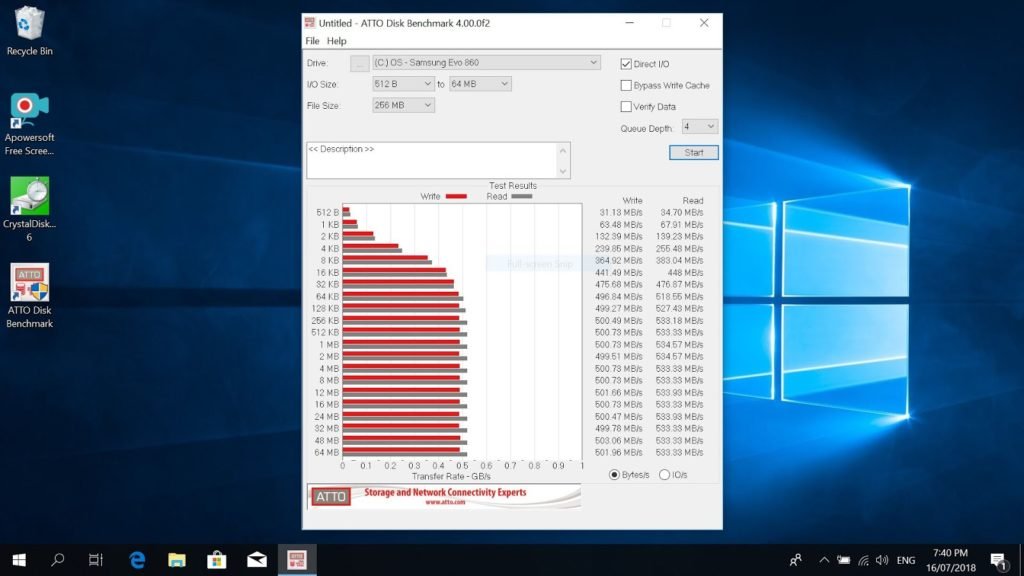
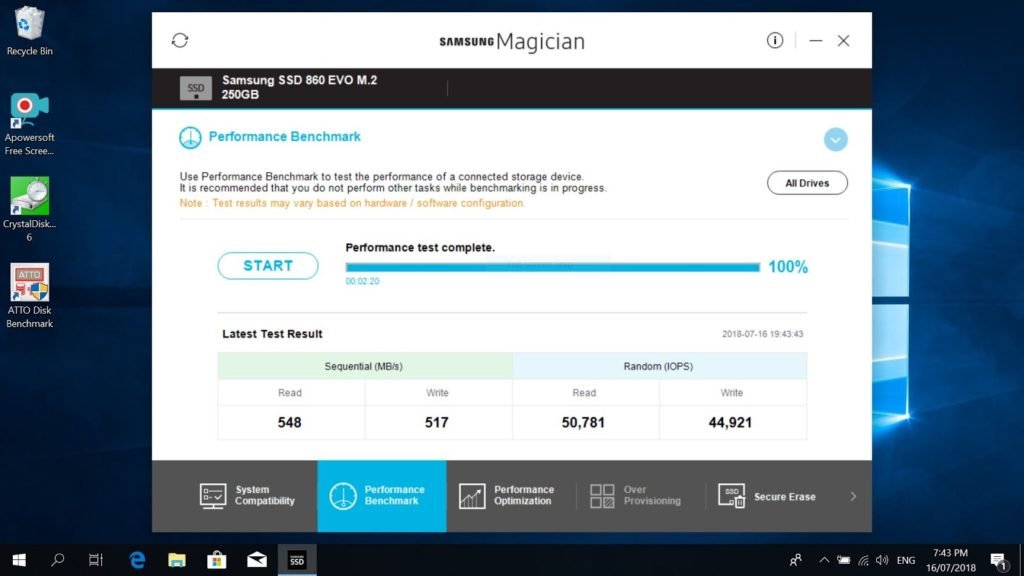
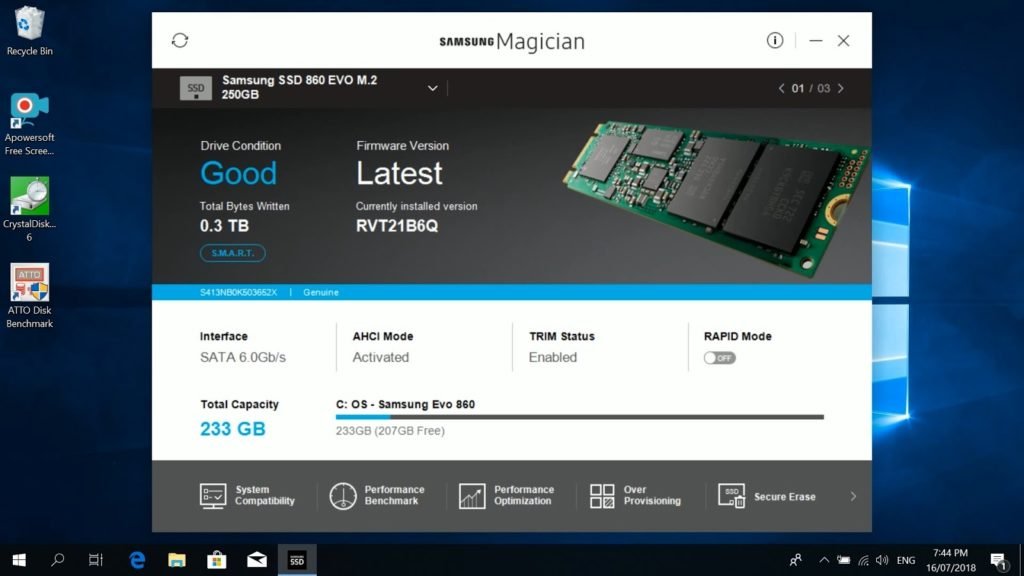

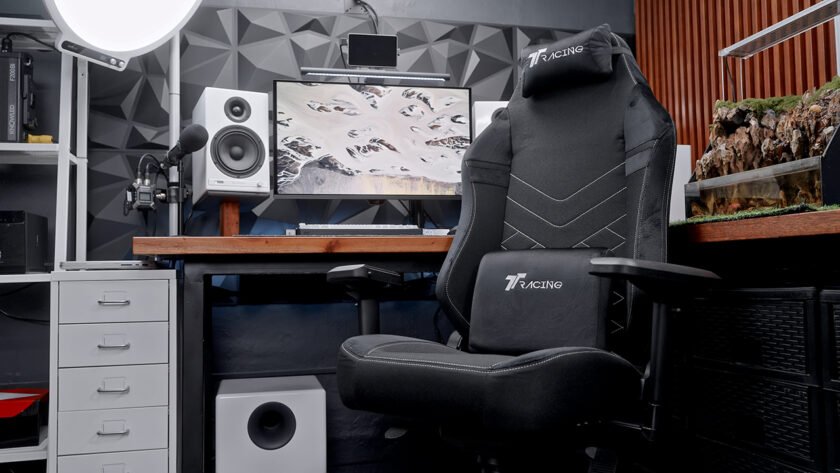
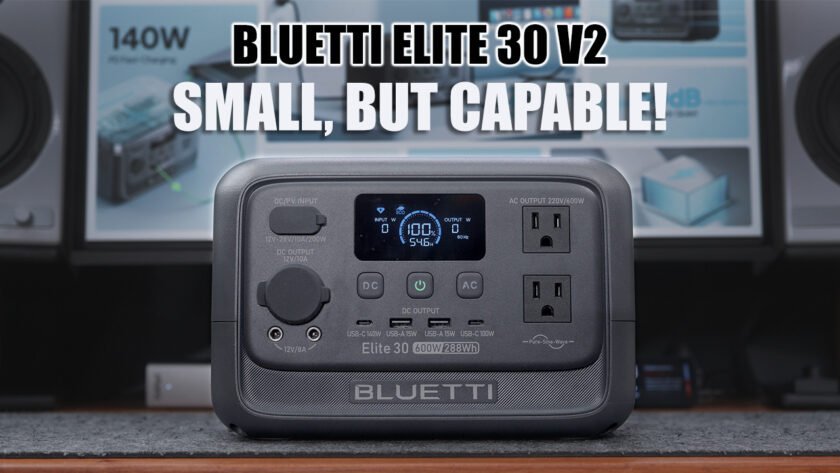
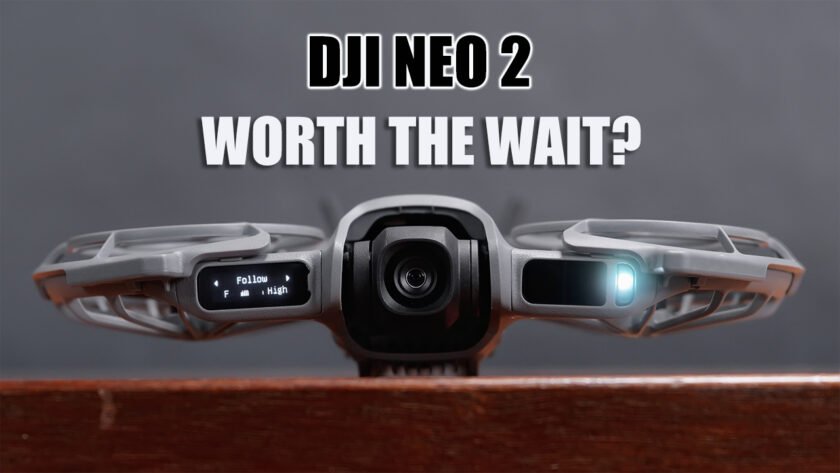

Did you screw it? and if you did, where did you get the screw? and what size?
My laptop came with an M.2 already screwed on the slot, I just had to remove it, inserted the M.2 SSD and screw it again